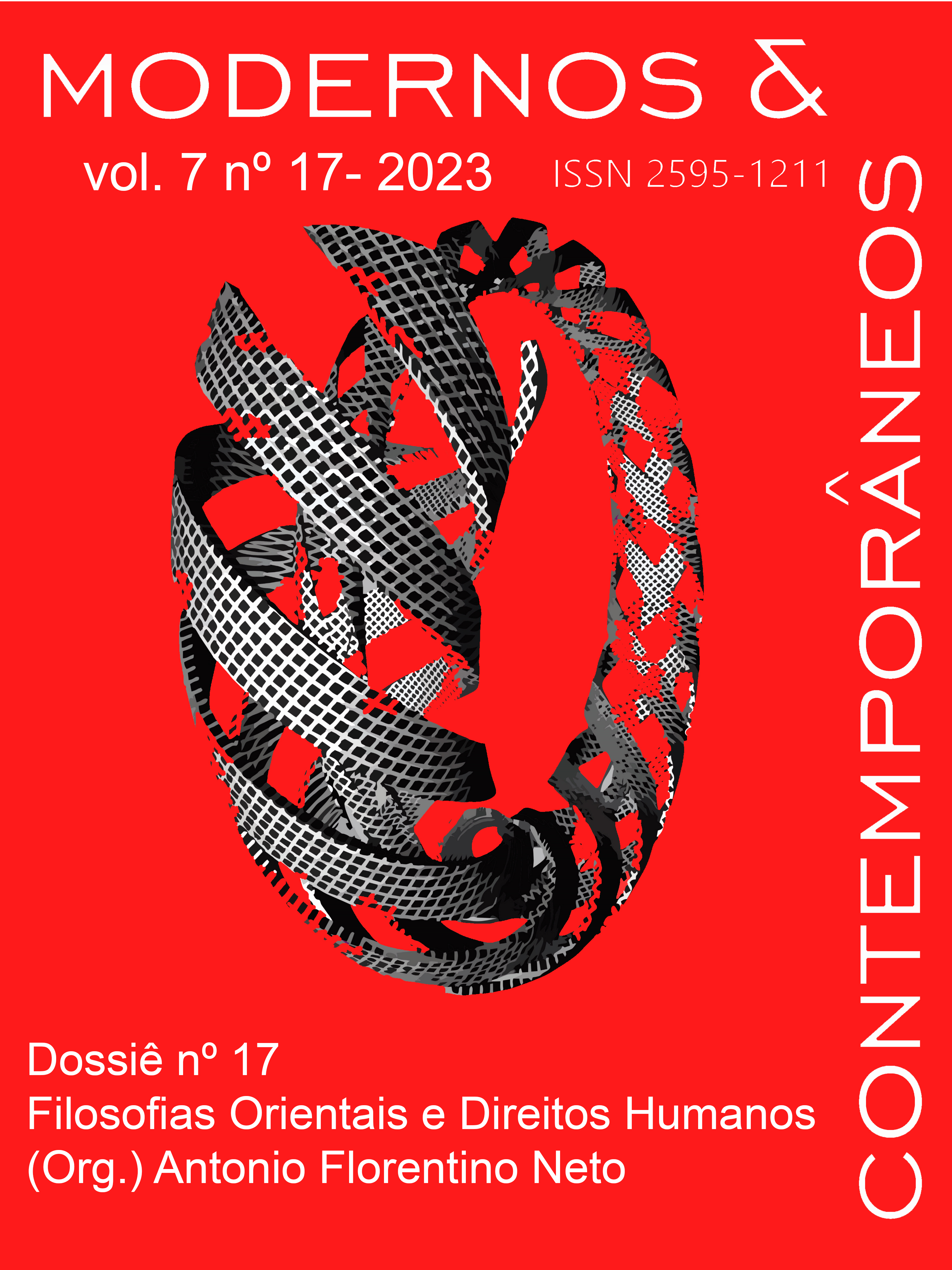Johann W. Goethe y Nishida Kitarô: la metamorfosis de las plantas y la transformación del mundo
Johann W. Goethe and Nishida Kitarô: the metamorphosis of plants and the transformation of the world
Abstract
A possible approach to Nishida Kitarô’s philosophy begins with the relationship between the material world, or nature, and the social world, which develops towards the formation of the historical world inhabited by human beings. As Nishida writes, the
historical world “develops from the material world to the world of living beings, and from the world of living beings to the world of human beings” (NKZ, IX: 172). One aspect of this development comes through transformation and metamorphosis. In the first part of this text, I tried to clarify some aspects of Nishida’s thought related to the environment as a condition for events in the historical world (VIII: 117), as well as his intellectual and emotional response. In this context, in the second Part of this text, we can situate Nishida’s dialogue with Goethe, through the concepts of metamorphosis and continuous transformation, both in living beings and in nature in the historical world. This is an important aspect that can be seen in Goethe’s scientific and literary expression, as well as in his philosophical expression in the Complete Works of Nishida Kitarô.
Keywords: Material World; Nature; Social World; Historical World; Living beings; Metamorphosis.
Downloads
Published
How to Cite
Issue
Section
License
Copyright (c) 2024 Agustín Jacinto Zavala

This work is licensed under a Creative Commons Attribution-NonCommercial-ShareAlike 4.0 International License.
Política para Periódicos de Acesso Livre
Aos autores(as) que tencionam submeter suas obras e publicá-las na revista Modernos & Contemporâneos, não será, sob hipótese alguma, cobrado qualquer tipo de taxas, sendo tais procedimentos inteiramente gratuitos.
Autores(as) que publicam nesta revista concordam com os seguintes termos:
a) Todas as obras publicadas na Modernos & Contemporâneos [ issn 2595-1211 ] encontram-se licenciadas com uma Licença Creative Commons Atribuição-NãoComercial-CompartilhaIgual 4.0 Internacional.
b)Autores(as) têm autorização para assumir contratos adicionais separadamente, para distribuição não-exclusiva da versão do trabalho publicada nesta revista (ex.: publicar em repositório institucional ou como capítulo de livro), com reconhecimento de autoria e publicação inicial nesta revista.
c)Autores(as) têm permissão e são estimulados a publicar e distribuir seu trabalho online (ex.: em repositórios institucionais ou na sua página pessoal), com reconhecimento de autoria e publicação inicial nesta revista, já que isso pode gerar alterações produtivas, bem como aumentar o impacto e a citação do trabalho publicado (Veja O Efeito do Acesso Livre)


